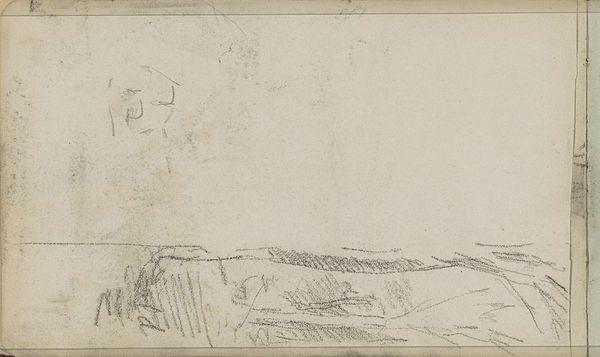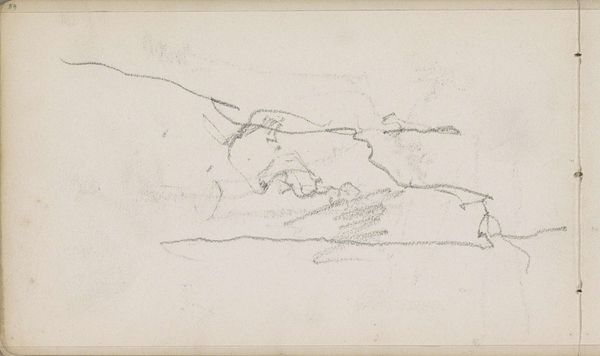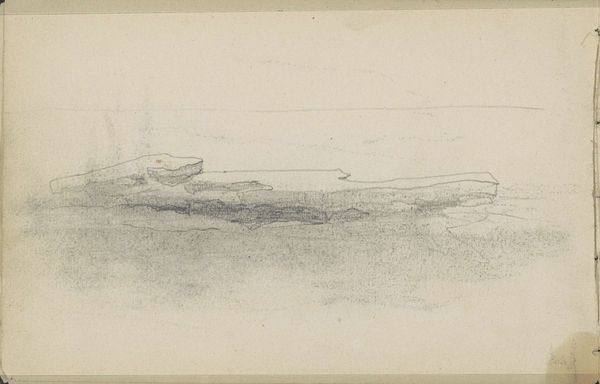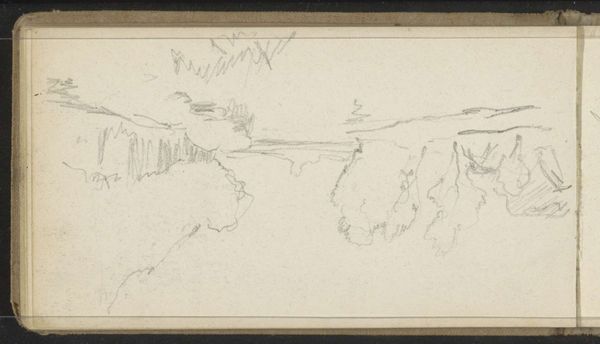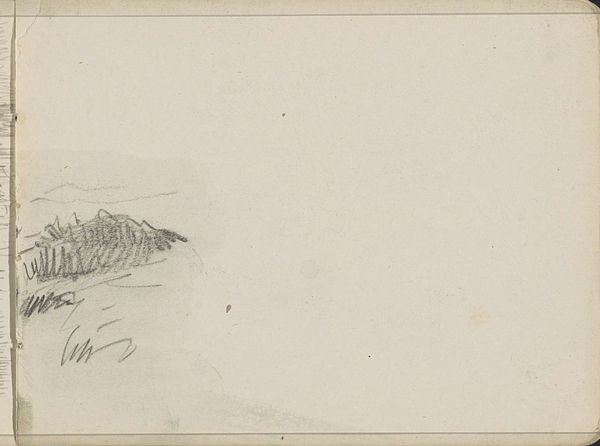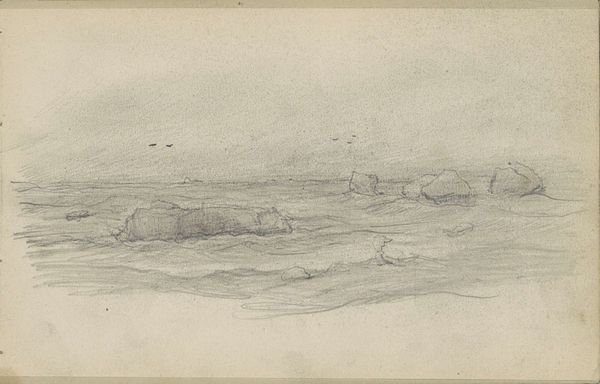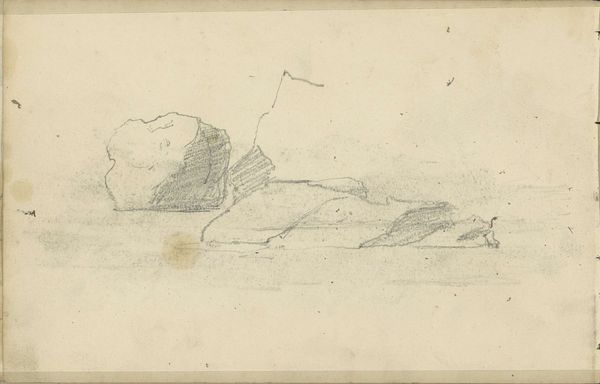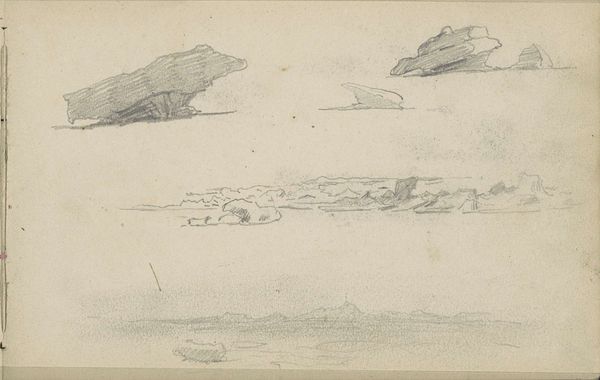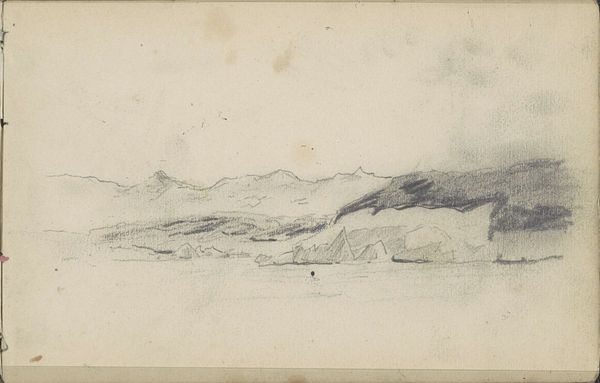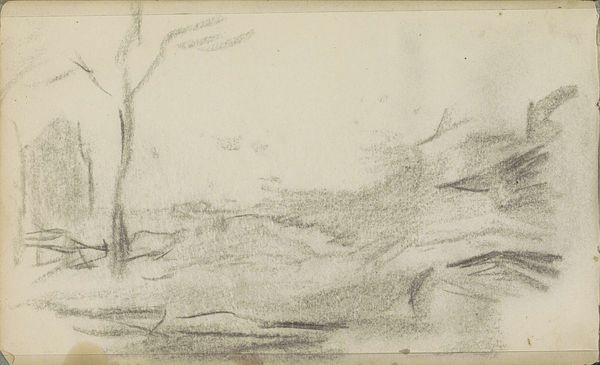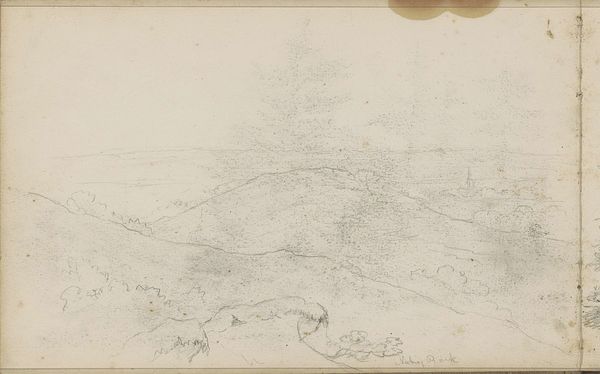
drawing, paper, pencil
#
drawing
#
landscape
#
paper
#
pencil
#
realism
Copyright: Rijks Museum: Open Domain
Editor: So, this drawing is "IJsschotsen," or "Ice Floes," created by Louis Apol around 1880. It’s pencil on paper, and quite understated. There's something stark about it... minimalist, almost. What do you see in this piece? Curator: The image itself, seemingly simple, speaks volumes about the shifting landscape, both literally and symbolically. Ice, as a symbol, is fascinating. On the one hand, it represents purity, the untouched, the pristine. But equally, it's about fragility and temporality, the threat of dissolution. Notice how the floes seem to be stranded. Editor: Stranded, yes, isolated too! Does the drawing give you a sense of location? Curator: Apol was part of the Hague School, a Dutch group focused on realism, often depicting landscapes of quiet moods. This wasn't some romantic, far-flung vista, but a scene likely drawn from closer to home, the Netherlands facing its own changing climate even then. Editor: So the ice floes weren't just ice floes; they represented something deeper about the local area? Curator: Precisely. Think of the cultural weight of water in the Netherlands. It is always a central, psychological touchstone. Ice, then, carries with it a whole history of human engagement, struggle, and adaptation. Does that connection change how you perceive its seeming "simplicity"? Editor: It does! Now I see how Apol captured the weight of the world, literally and figuratively, in just a few pencil strokes. Thank you. Curator: It’s amazing how an unassuming sketch can carry such deep cultural meaning, isn’t it?
Comments
No comments
Be the first to comment and join the conversation on the ultimate creative platform.

